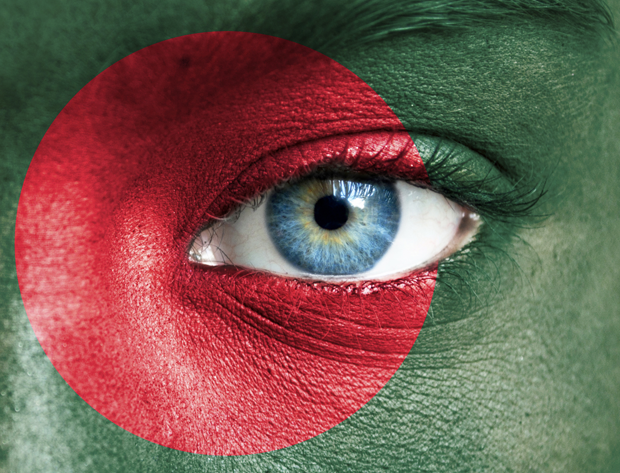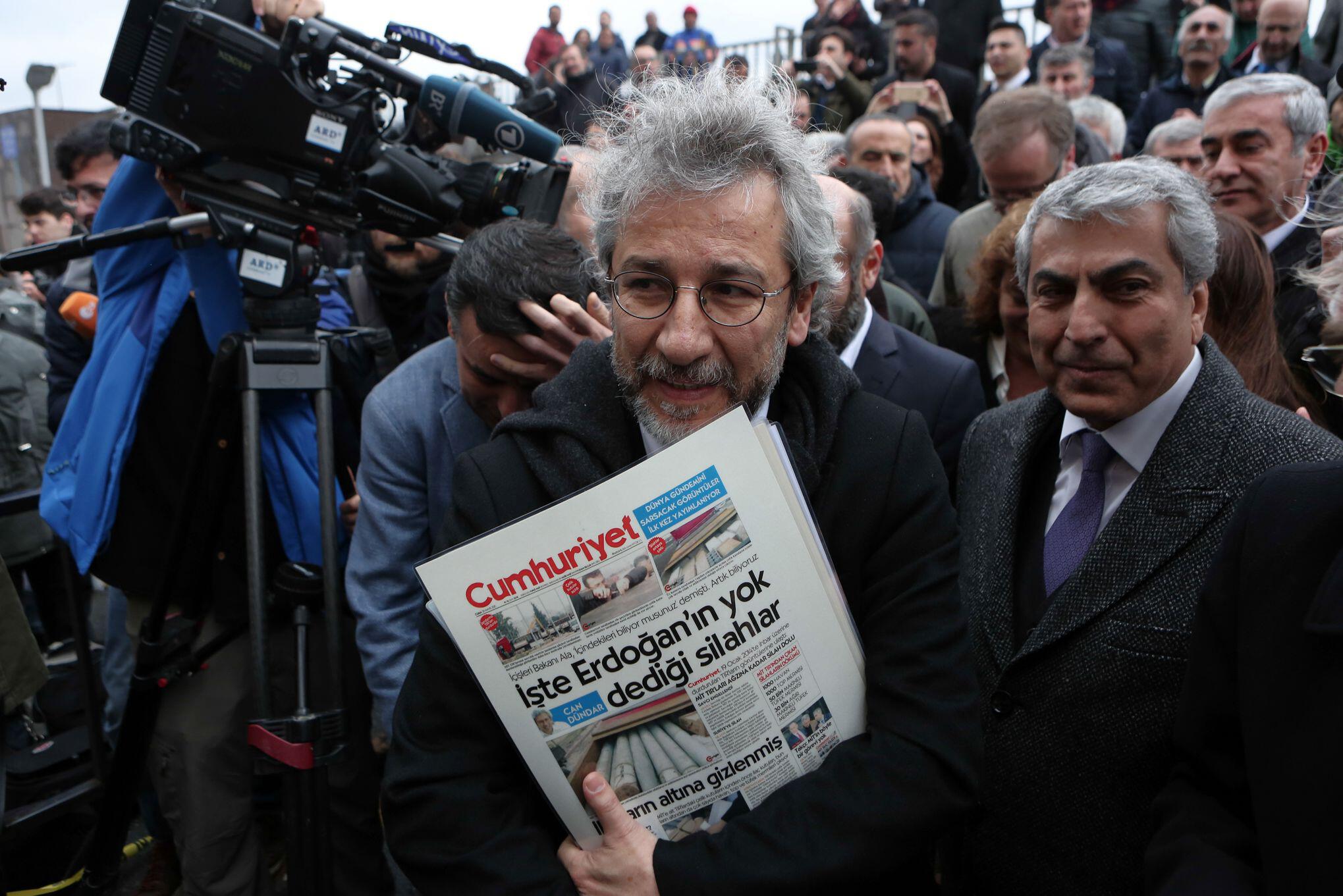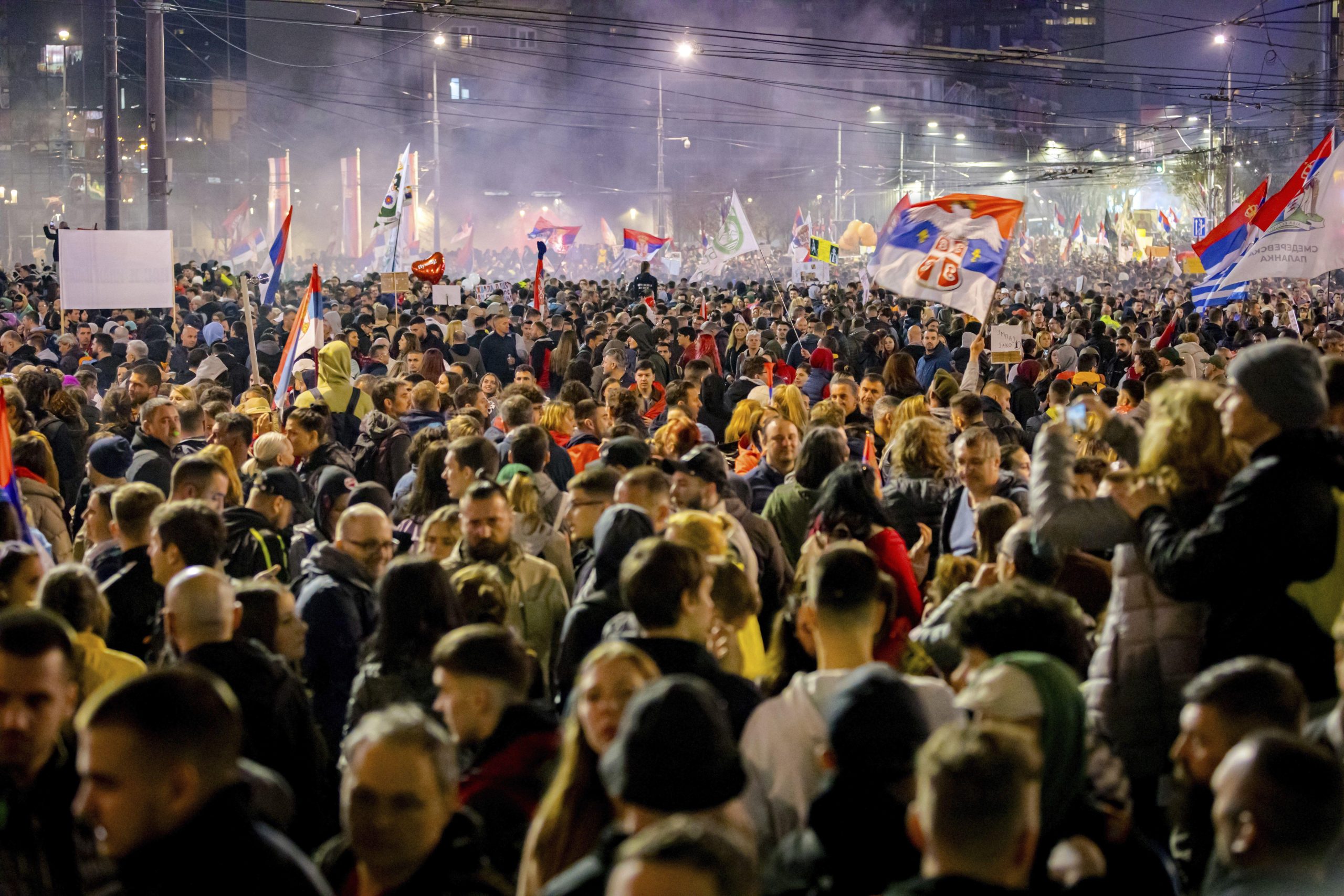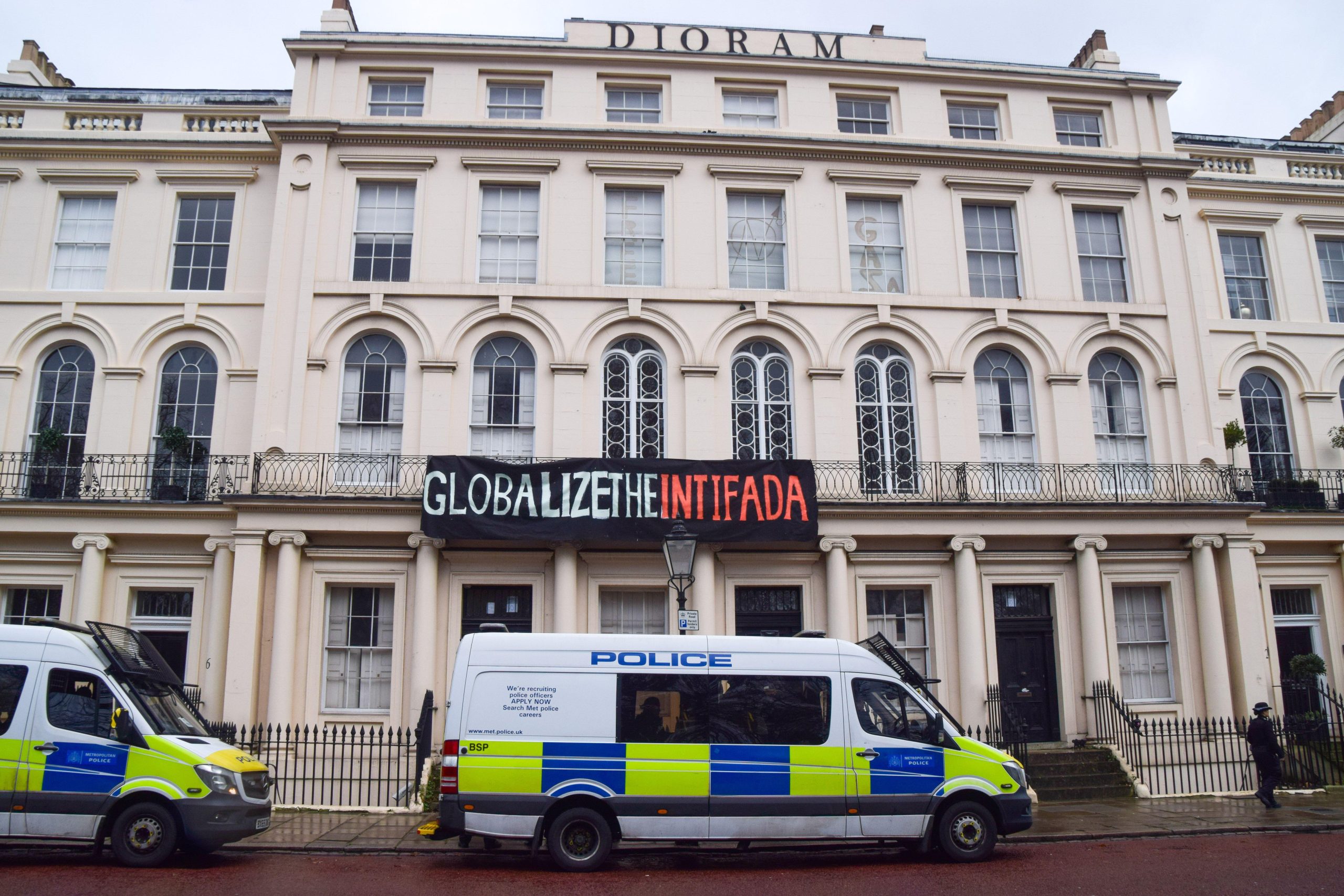
(Photo illustration: Shutterstock)
On 15 January, Asif Mohiuddin left his office in Uttara, an upmarket area of Bangladesh’s capital city, Dhaka. He was accosted by three unidentified men. They stabbed him several times in the neck and back. He was admitted to hospital in a critical condition.
Mohiuddin, who identifies as an atheist and writes a widely read and award-winning Bengali-language blog, survived the attack. But that was not the end of his troubles. In April, still struggling with persistent ill-health after the knife attack, he was arrested for posting “offensive comments about Islam and Mohammed”. Now awaiting trial after several delays, he faces a possible 14 year jail sentence and a fine of 100,000 Euros on the charge of “hurting religious belief”.
The month after Mohiuddin was attacked, another blogger, Ahmed Rajib Haider, was hacked to death outside his house in Dhaka. A frequent critic of religious fundamentalism in Bangaldesh, Haider’s death – like the attack on Mohiuddin – is widely thought to be the work of Islamic extremists.
Yet, as the subsequent arrest of Mohiuddin and three other bloggers in April demonstrates, journalists in Bangladesh face a double threat: Violent retaliation from Islamist groups on the one hand, and official repression on the other.
Bangladesh has the largest number of media outlets among the world’s least developed countries. It has 50 national daily newspapers, of which eight are English language, 25 television channels and more than 300 regional magazines. Its widely watched TV talk shows are host to robust political debate. But despite these impressive statistics, the last year has seen a significant deterioration in press freedom. According to monitoring groups, 2013 alone has seen more than 100 attacks on members of the press.
This worsening climate for journalists should be seen in the context of a polarised political situation. Antagonism between the ruling party, the Awami League, and the opposition Bangladesh Nationalist Party, is nothing new. But political tension has now spread outside this narrowly partisan rivalry, to a broader disagreement about the kind of country Bangladesh should be. In April this year, the Shahbagh demonstrations saw tens of thousands of secularists taking to the streets. Counter-protests by Islamists drew similar numbers. Mohiuddin, Haider, and other bloggers were all advocates of the Shahbagh protests.
Much of this polarisation is related to a war crimes tribunal set up by the Awami League, which is prosecuting individuals for crimes dating back to the 1971 war of independence, when Bangladesh separated from Pakistan. Many of those standing trial are members of the Jamaat-e-Islami, an Islamist party allied with the opposition. In February, a senior Islamist was sentenced to life in prison. This kick-started the Shahbagh protests: secularists felt the sentence was too lenient, advocating the death penalty, while Islamists and their supporters say that the tribunals are merely being used to stamp out the opposition. Against this backdrop, journalists and bloggers who are critical of one side or another are vulnerable to retaliation from vigilantes or officials.
Perhaps the most high profile case is that of Mahmadur Rahman, the editor of Amar Desh, a major pro-opposition newspaper, who criticised the tribunals. He was arrested in April on charges including sedition and remains in prison. Two Islamic TV channels which broadcast images of violence by security forces against Islamist protesters have been taken off the air. In March, the government intervened to stop TV channels broadcasting a speech by an opposition leader.
There has also been a spate of attacks against journalists who simply attend street protests to cover them. In April, Nadia Sharmeen, a journalist for Ekushey TV, was chased down the street and beaten by Islamists while covering a large protest.
While much of this violence against journalists is being carried out by non-state actors, arrests of journalists and bloggers have created a climate of fear.
“We’ve definitely seen panic within the blogger community in Bangladesh,” says Sumit Galhotra, Asia researcher for the Committee to Protect Journalists. “During the arrests of bloggers earlier this year, Islamists published a list of 84 bloggers they deemed blasphemous. According to local accounts, this list was shared with the government, and led to anxiety for many bloggers who expressed criticism of politicians or Islamist groups. Some bloggers went underground or stopped writing altogether for fear of being attacked or arrested.”
International reporters are also feeling the effects of the clampdown on press freedom. The world spotlight turned to Bangladesh in May, after a garment factory collapsed, killing more than 1,000 people. Prime Minister Sheikh Hasina is acutely image conscious, and international journalists faced problems obtaining visas to cover the crisis. CNN anchor Christine Amanpour raised this in a televised interview with Hasina. “We never stop any media to come to Bangladesh,” was her response. “Every country has rules and regulations.”
While these tight restrictions on foreign reporters gaining access to Bangladesh means that important developments in the country are underreported worldwide, it is, of course, local journalists who bear the brunt. The last year has seen a drastic worsening in press freedom. But as elections approach and the political situation looks set to become, if anything, more antagonistic and polarised, there seems to be little chance there will be any imminent improvement for freedom of speech.
This article was posted on 26 Nov 2013 at indexoncensorship.org




